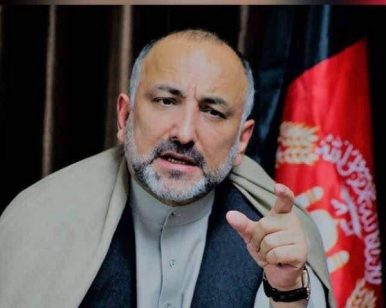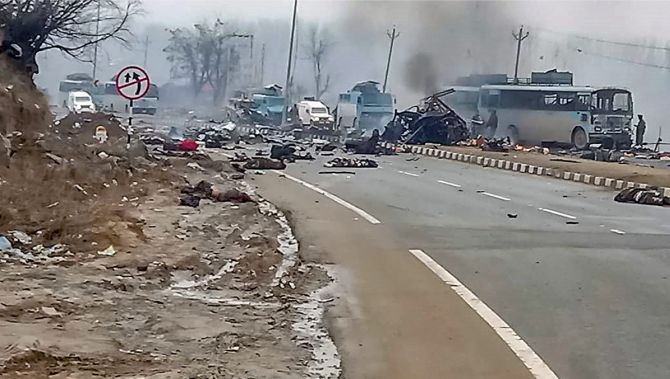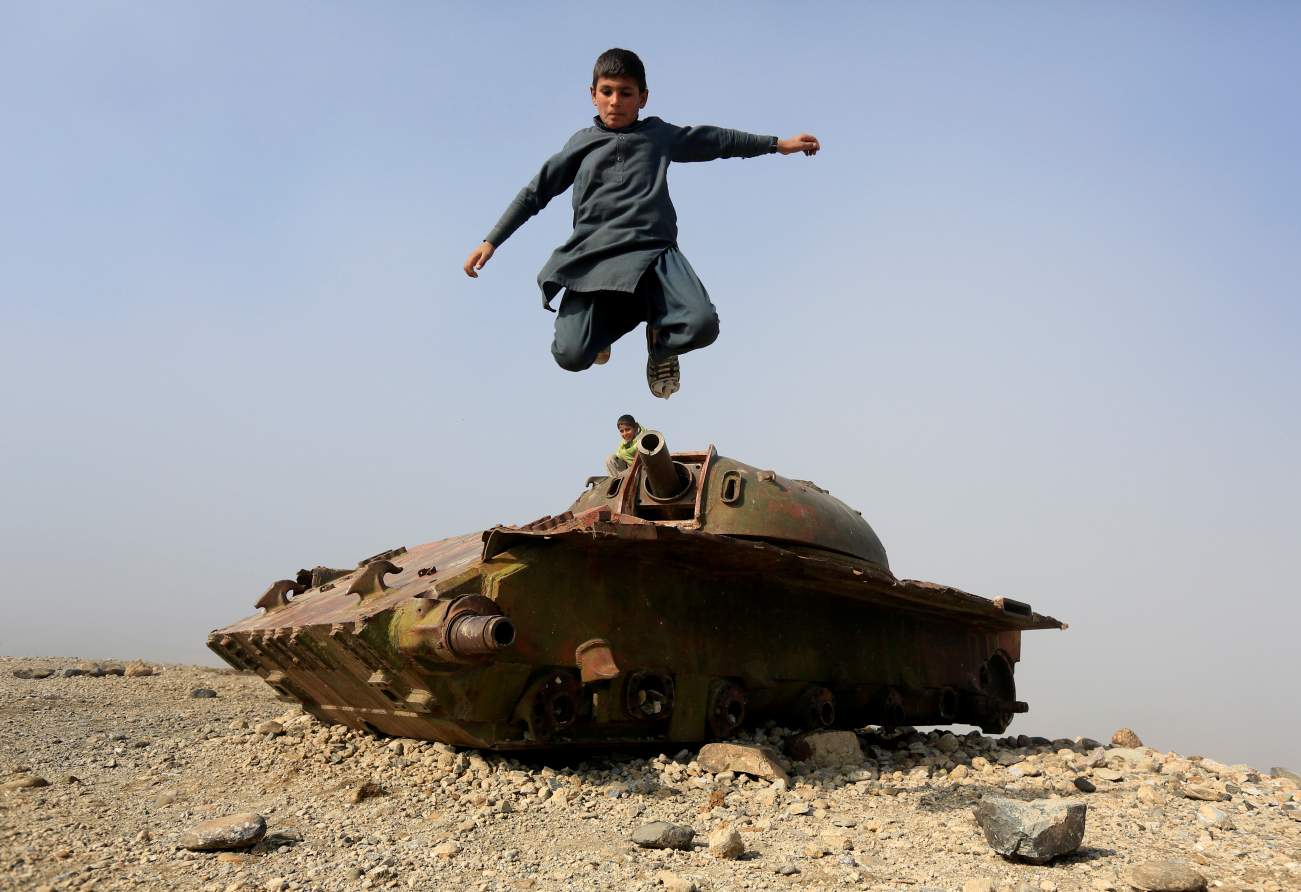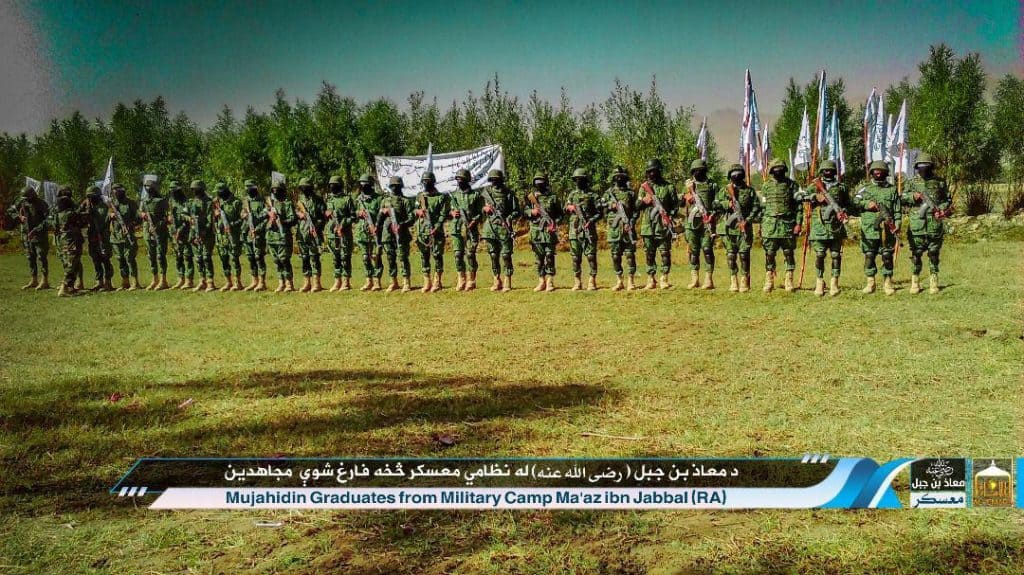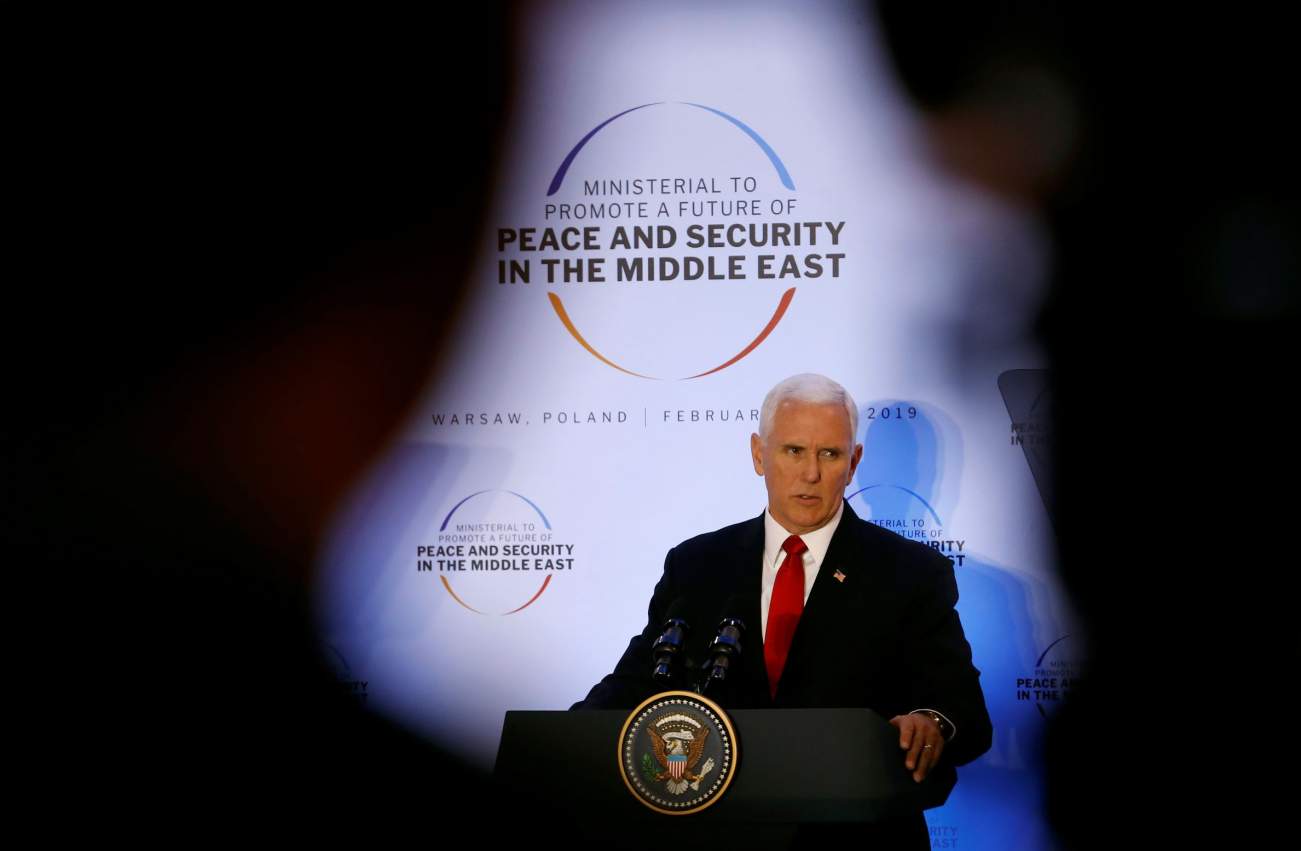V. Sudarshan
The retaliatory nature of counter-strikes between India and Pakistan shows them to be motivated more by optics than on accomplishing specific outcomes or effectively resolving the core bone of contention.
The brave men of the armed forces are often instruments and casualties of state-sponsored bravado.
The good thing about the new surgical strike is that we will have another red letter day to celebrate like the other surgical strike divas — when was it September 21? Soon, our heads will be crammed with a jumble of dates celebrating retaliatory violence and this will seep into textbooks too. We will certainly have Bollywood making new movies, and we will have books with telling accounts and details. But here is the thing — the terrorists don’t seem to be watching the movies or drawing the lessons we want them to from the books. All the new surgical strike — kind of — confirms is that the previous surgical strike either did not work, or the magical effects were seriously overestimated. So, are we entering a zone of bigger, better, more beautiful surgical strikes with newer better state instruments? In Uri, the terrorists took 18 of India’s best soldiers. In Pulwama, they took forty. If by going a few kilometres further and taking out some terrorist types was supposed to prove to be a deterrent, it has not proved to be so. Yet, it is not about numbers or perceptible improvement of the situation. Far from it. It is about what diplomats, in background briefings, refer to as “optics”.


